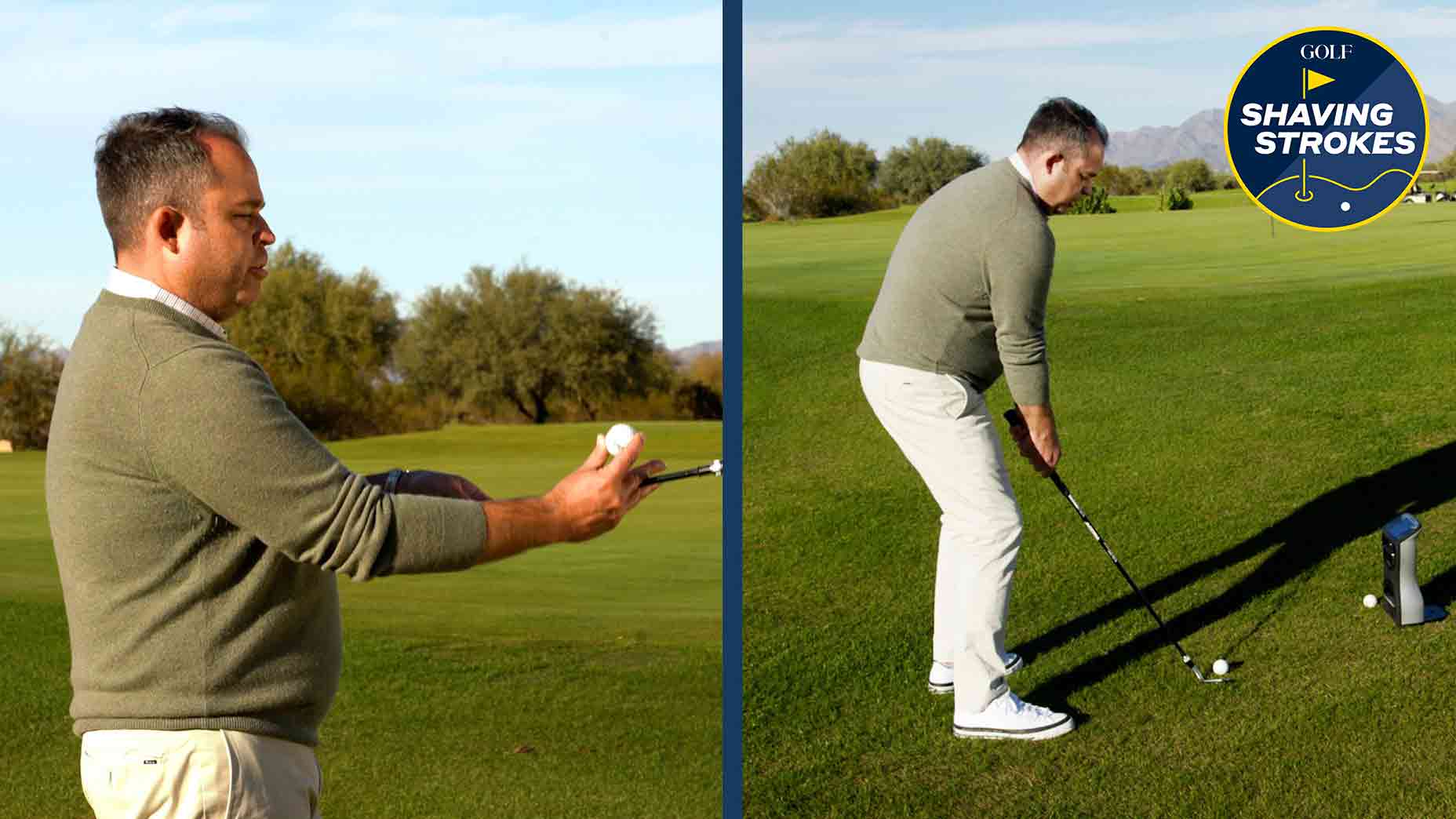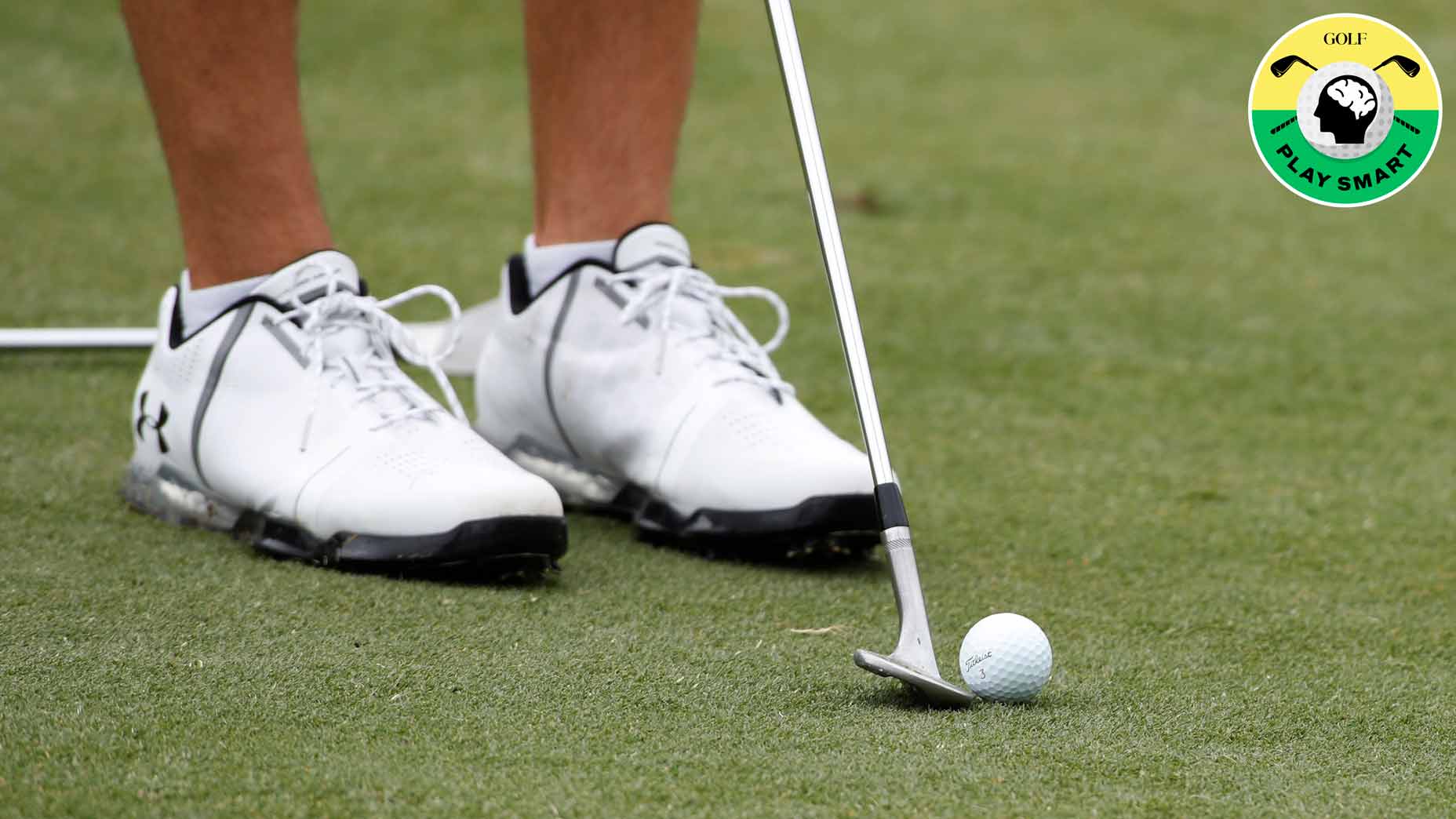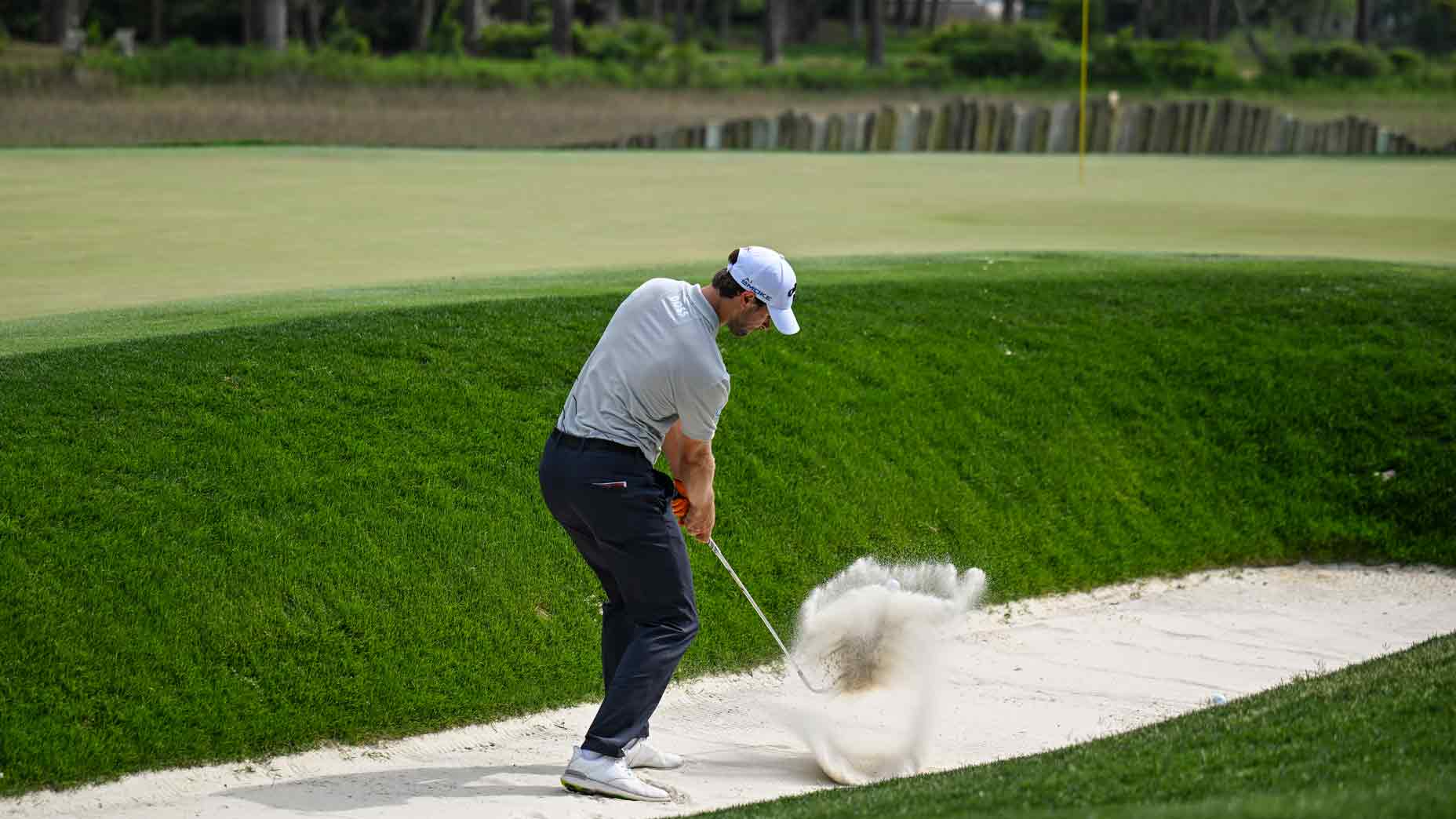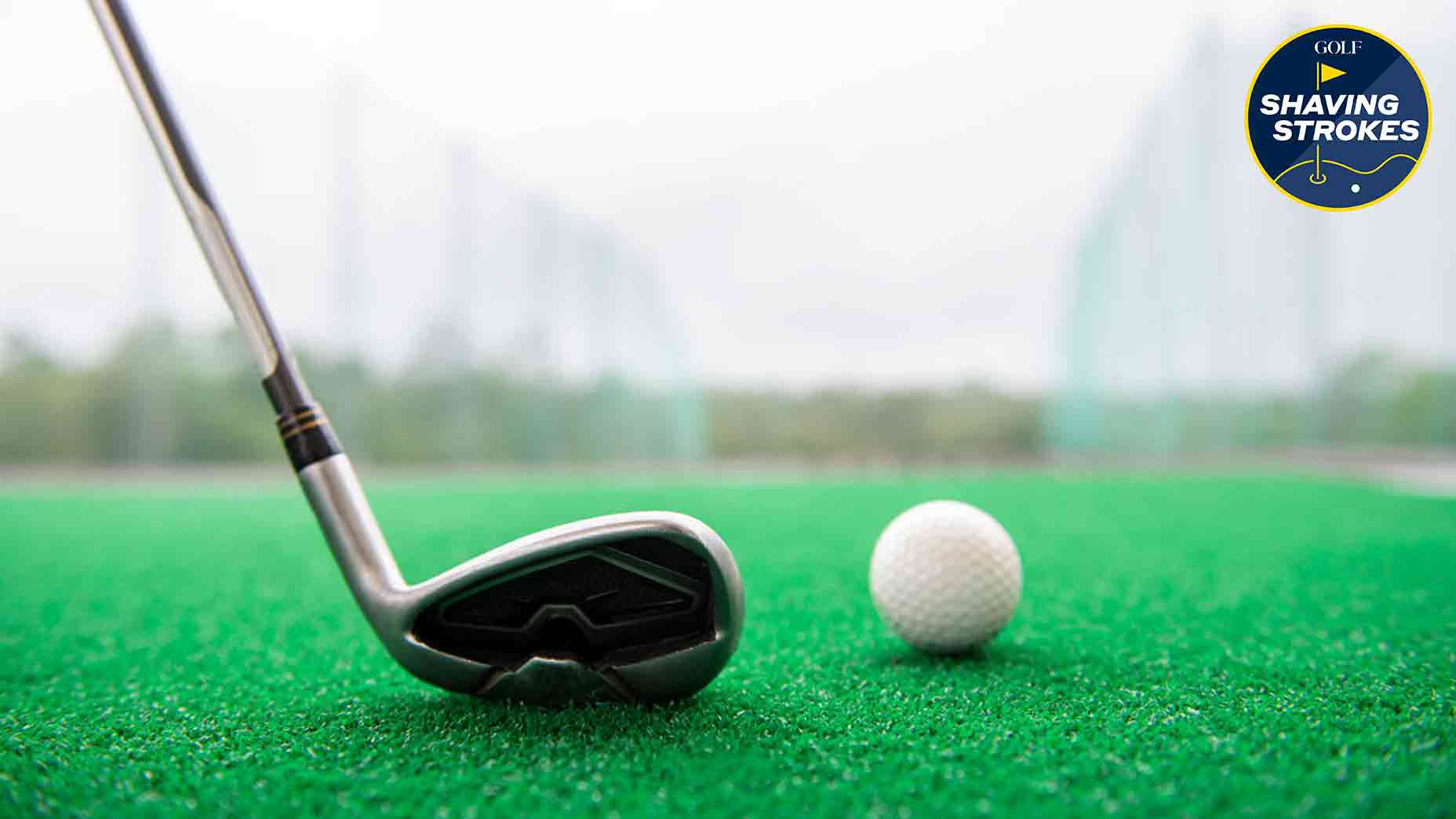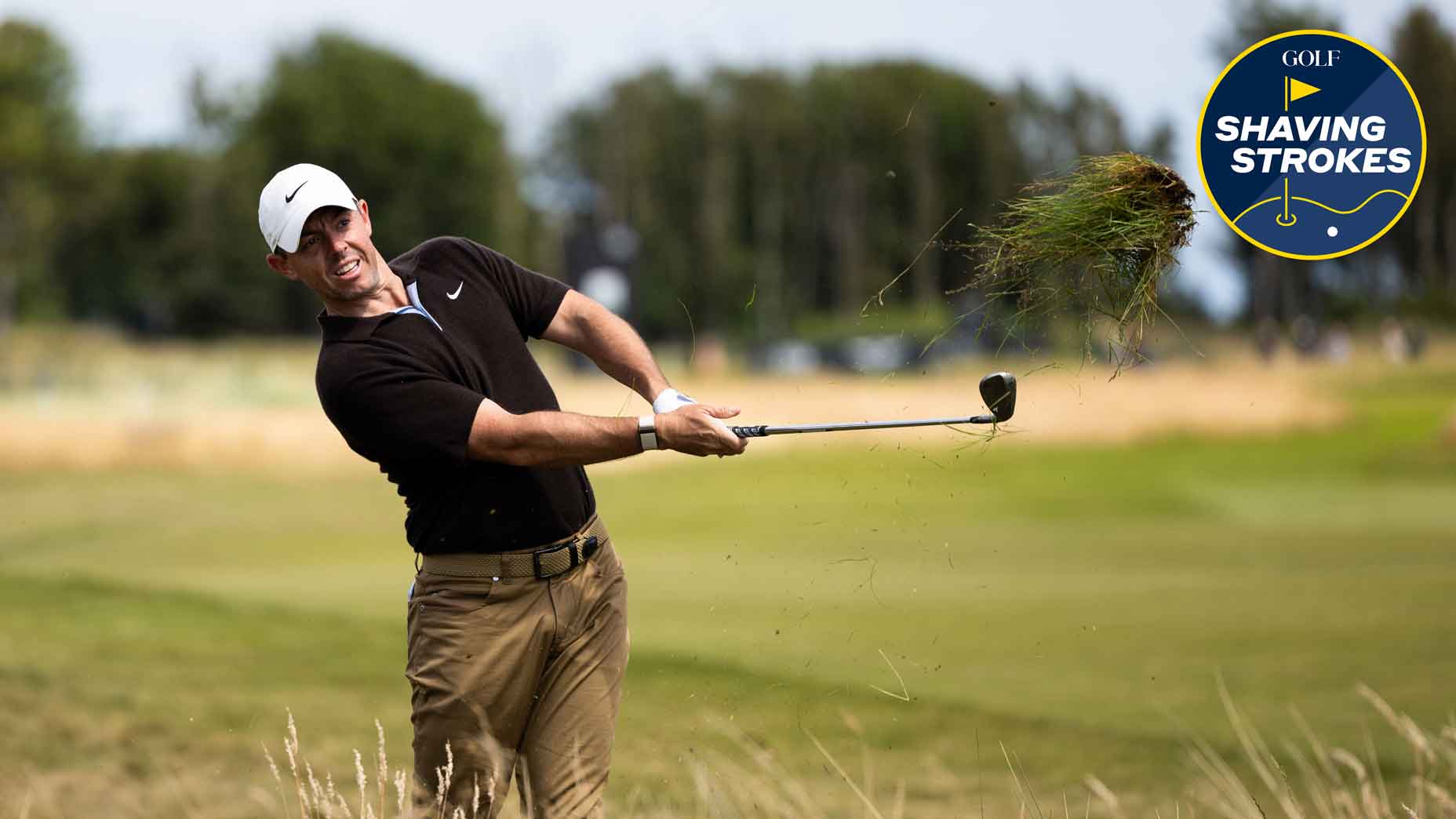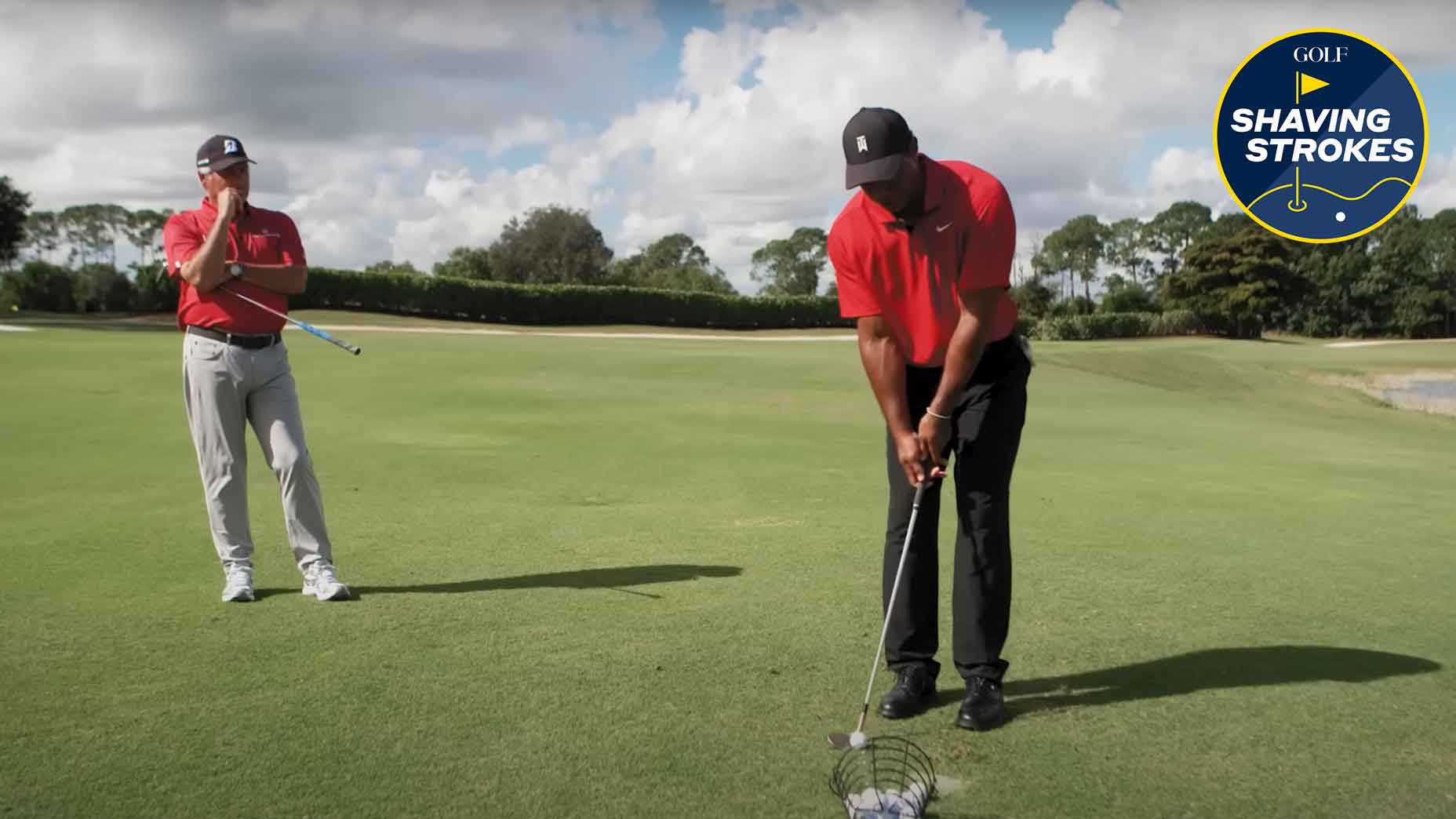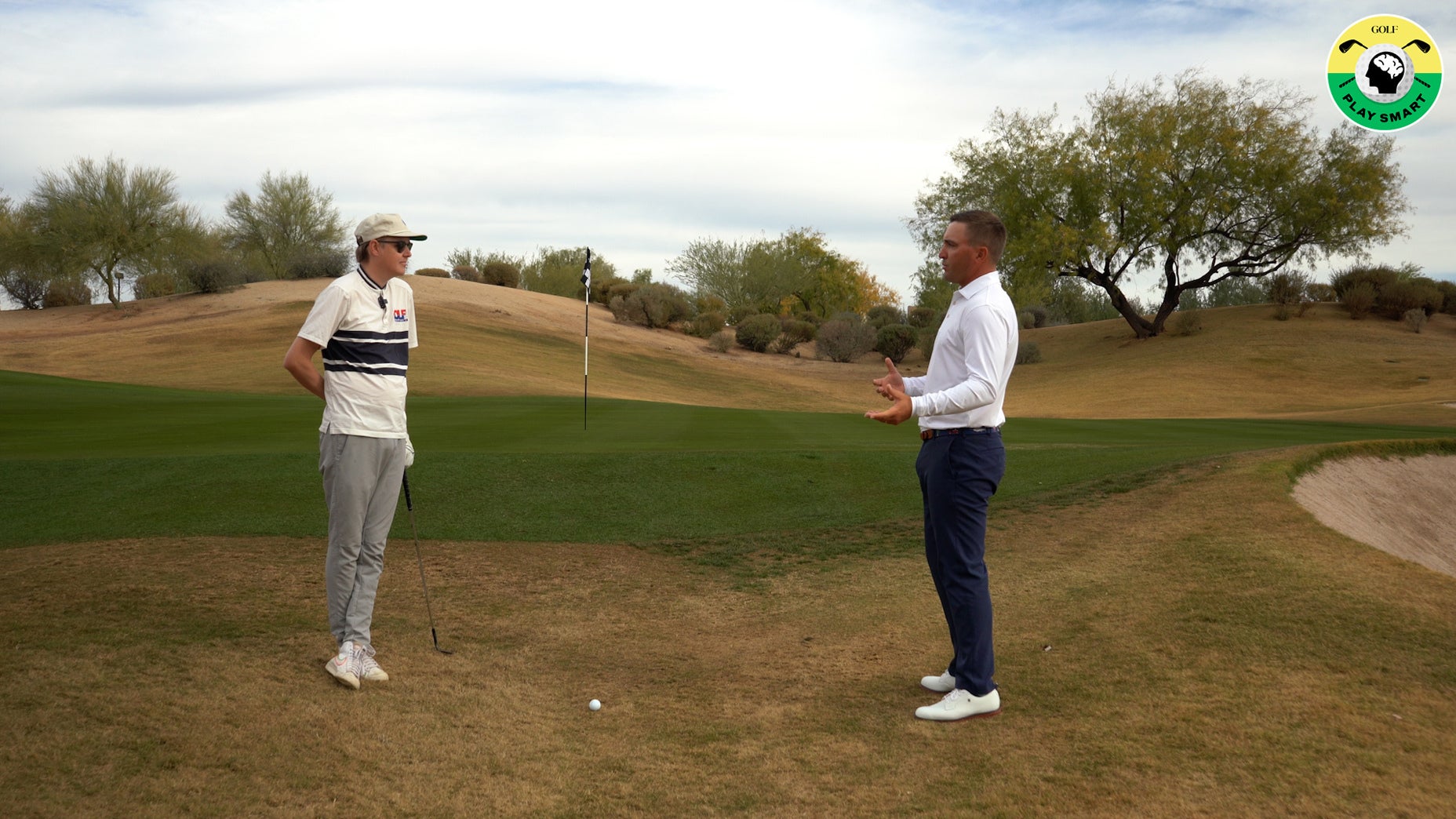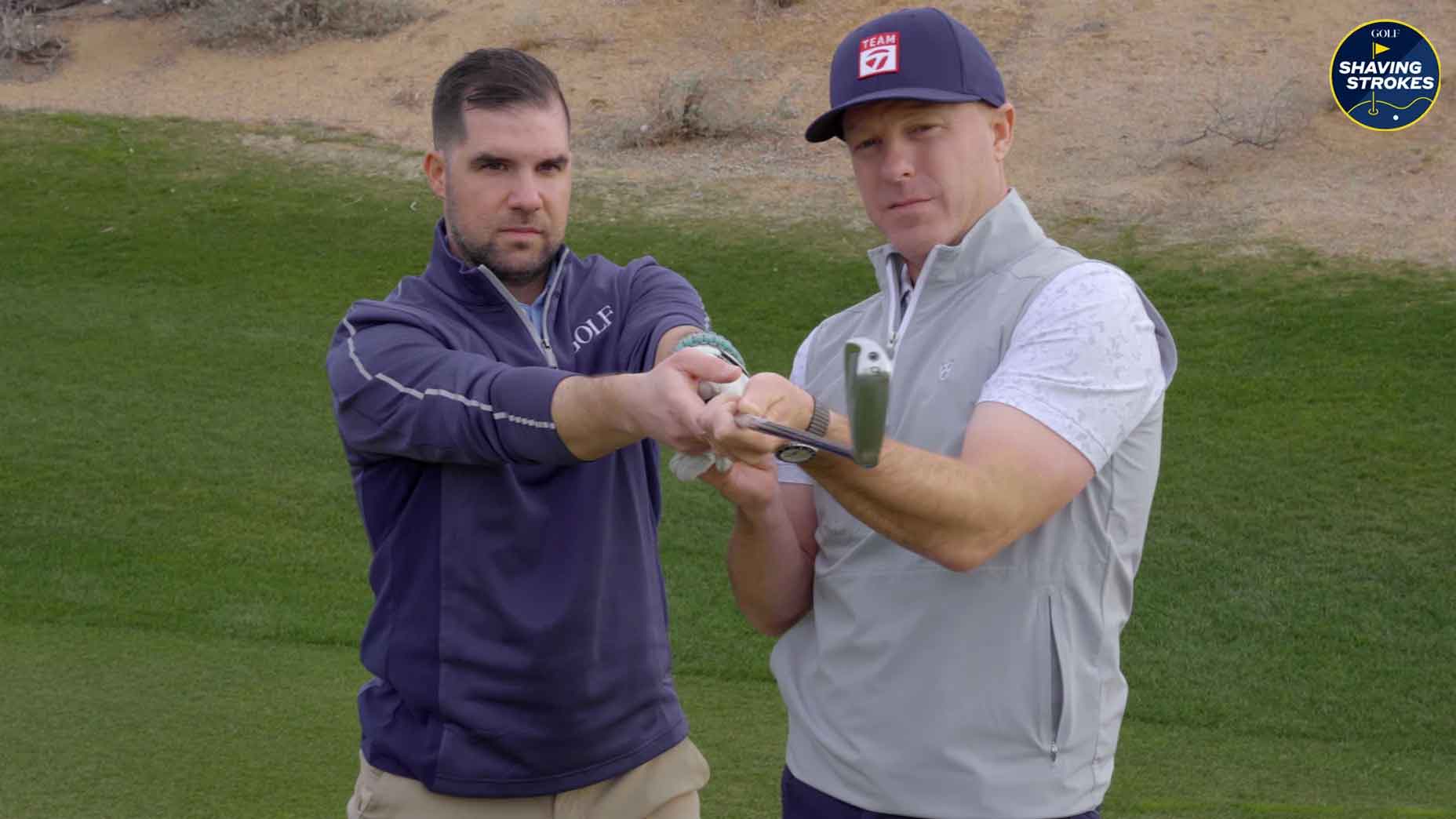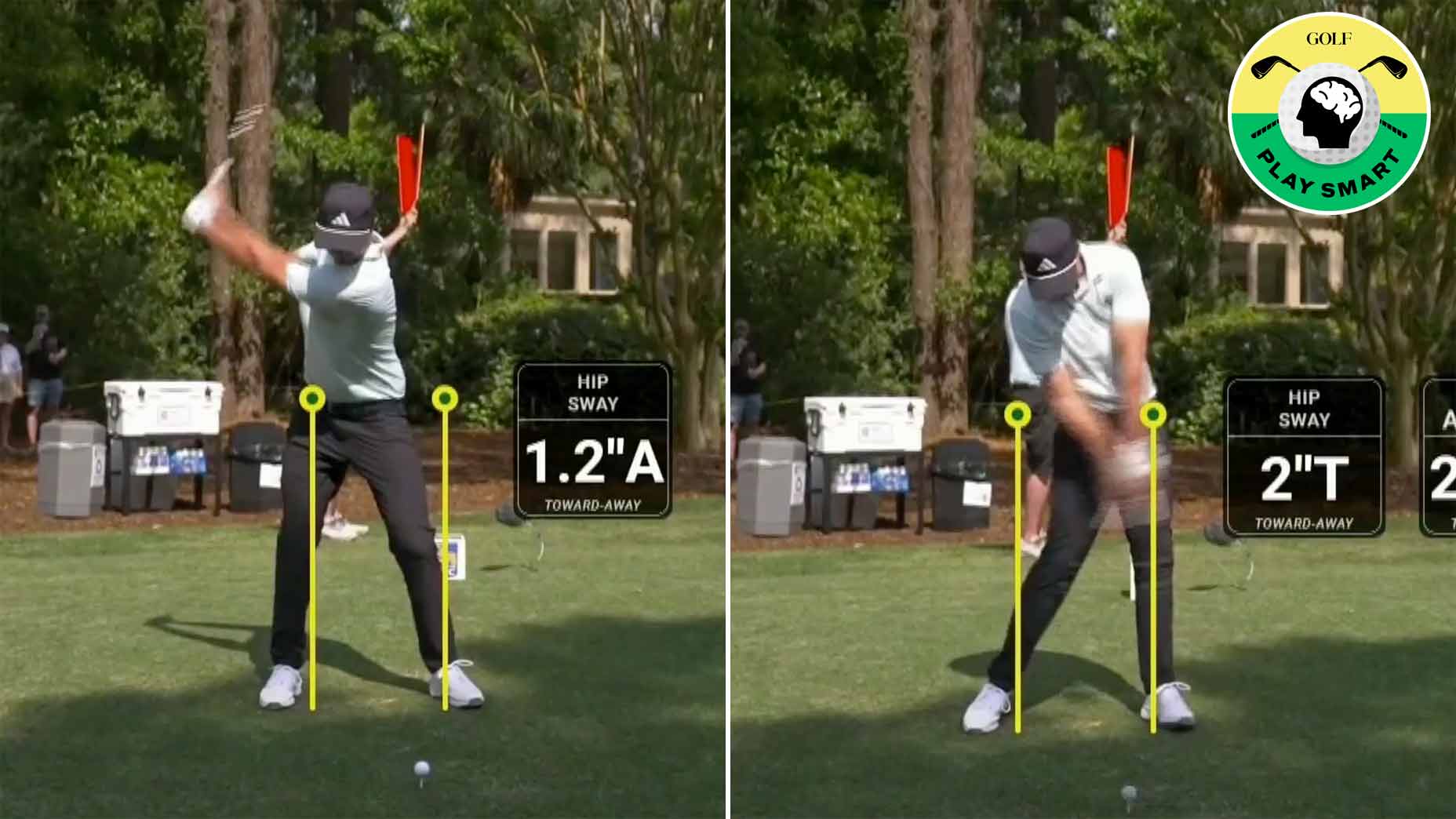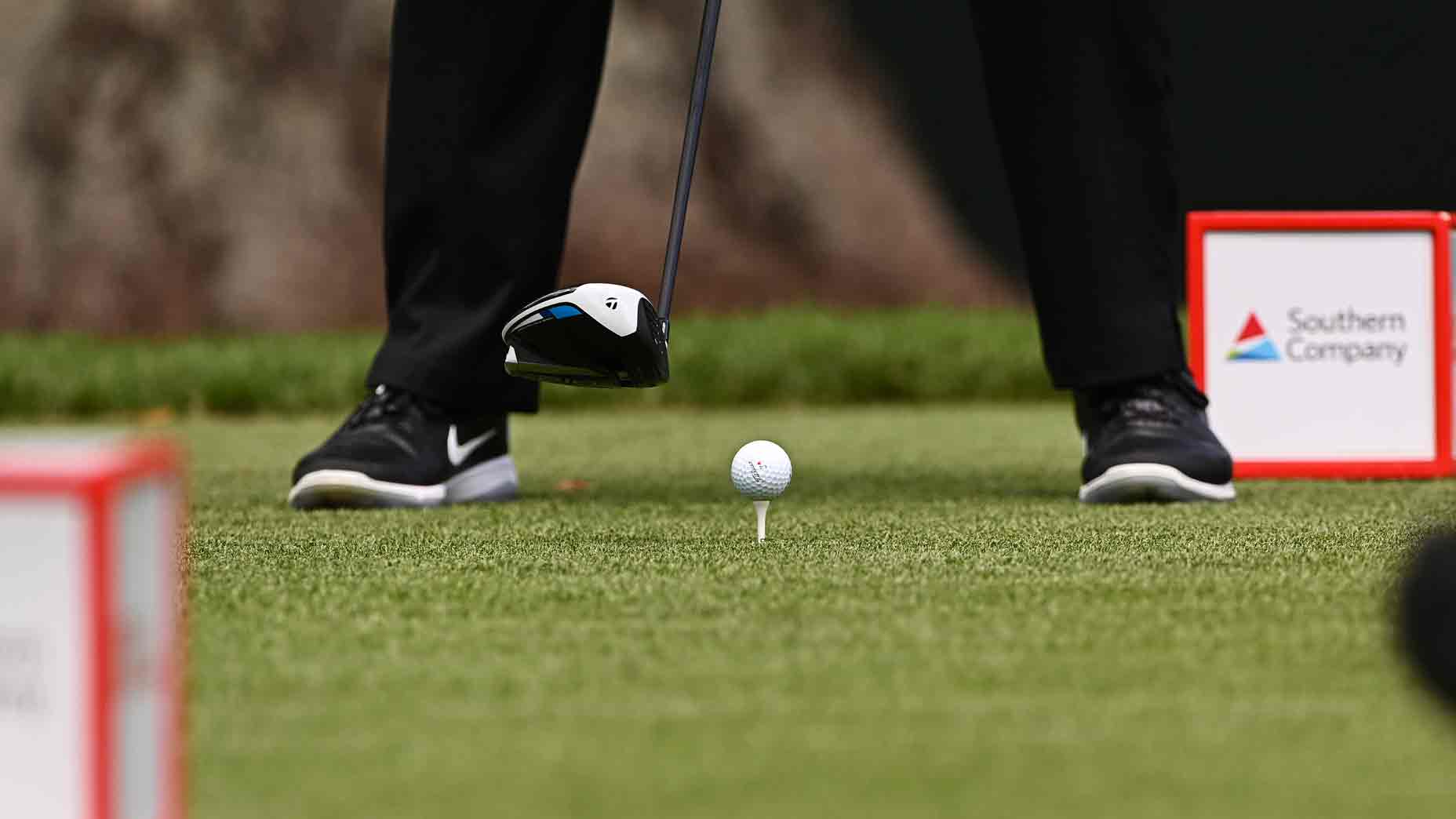This clever trick can help you dial in difficult wedge distance control

Uncover a game-changing technique that will elevate wedge play and help save you strokes.
Image via Kevin Sprecher
Welcome to Play Smart, a regular GOLF.com game-improvement column that will help you play smarter, better golf.
Finding the right distance control on any golf shot is difficult, but wedge shots always tend to be a bit more tricky for amateurs to truly dial in.
If you take off too much, you’re likely to leave the shot short. Take off too little, and you risk either flying the green (or even skulling a shot if you get lazy with your swing mechanics).
Since every player wants to parlay a great wedge shot into closer, more makable putts, GOLF Top 100 Teacher Kevin Sprecher provides a clever way to master distance control — and it includes using audible sounds to lock in your swing.
Take a look below at what Sprecher has to say, and why the trick to better wedge play might just be sound patterns.
The conundrum of distance control
With shorter distances like wedge shots, you often find yourself between clubs, requiring nuanced adjustments in swing length and tempo. Unfortunately, these adjustments can lead to inconsistency, as they heavily rely on your feel and touch.
An intermediate solution: The wedge clock system
According to Sprecher, this is where something called the wedge clock system can act as a solution for many amateurs.
“The wedge clock system makes shortening swings easier to understand, and more repeatable when playing or practicing.” he says. “It visualizes the partial swings as clock positions, with the arms mimicking the clock hands.
“When you swing backwards, you bring your arms back at specific times on the clock to achieve different ball distances. If you take them back to the 7:30 position, your ball should travel about half the distance of a full swing. At 9 o’clock, about 75%, and at 10:30, roughly 90%. This approach expands your arsenal by creating three more distances for each club.”
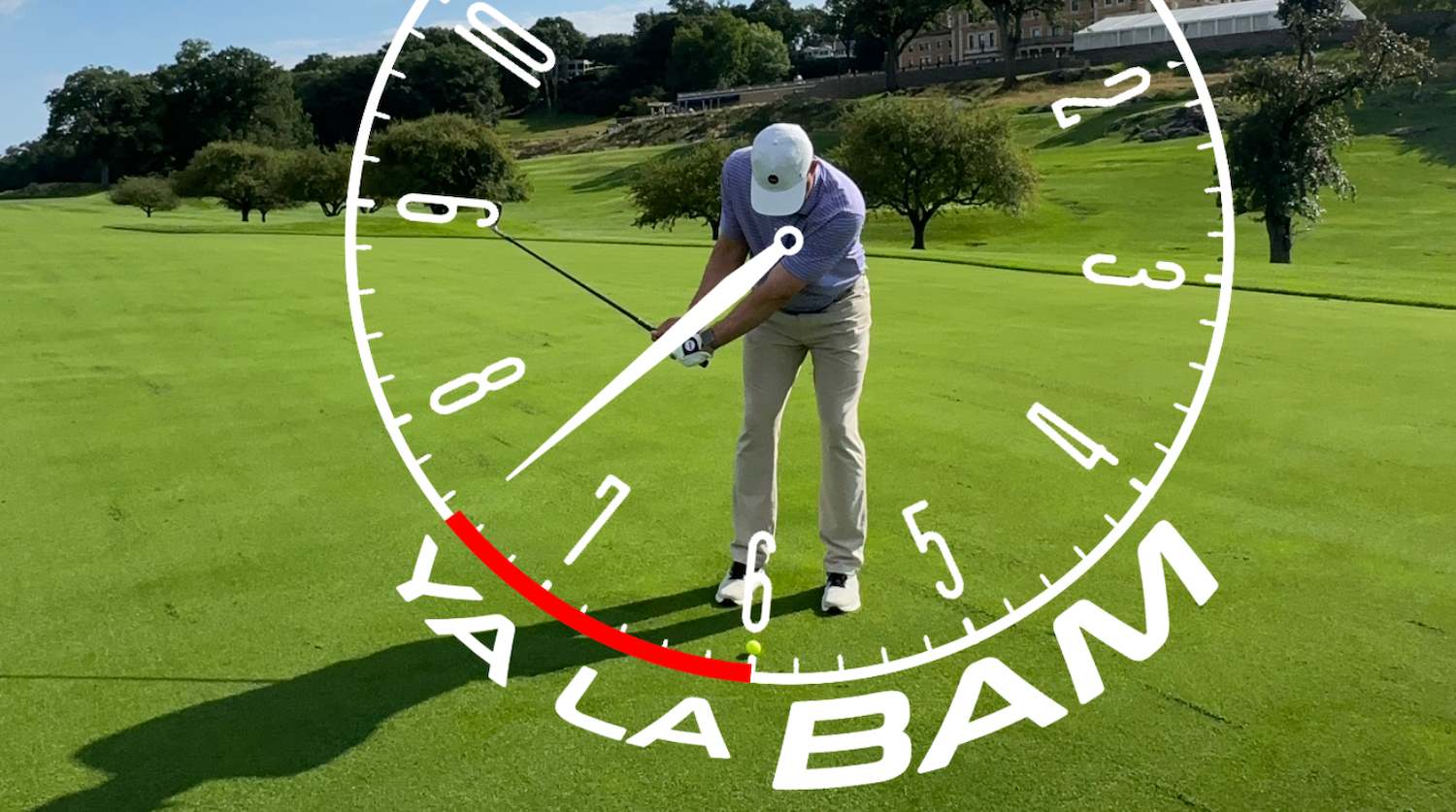
Why it’s an intermediate solution
Naturally, the wedge clock system is a great method because it’s relatable. Everyone knows what a clock looks like, so by using that method, golfers can visualize their club acting as the hands of the clock, moving between each number to improve their wedge distance control.
Adds Sprecher: “It’s clear and practical, yet it demands dedicated practice to engrain these distances into your muscle memory.
“Furthermore, it’s necessary to maintain a consistent rhythm and tempo when using this technique. Without proper training of these, you won’t get reliable results.”
The sonic solution: Audio Golf
For those players looking for an even more advanced way to think about wedge distance control, Sprecher says that using sound patterns is a great way to “incorporate rhythm and tempo by default.”
“By incorporating sound patterns into your swing [from Audio Golf], you automatically execute the precise distance intended for that pattern,” Sprecher adds. “The sound encapsulates both the backswing length and the corresponding rhythm and tempo, while also quieting distracting thoughts.”
The inventor of Audio Golf, music professor Chia Chou adds, “There is an incredibly strong connection between sound and movement. Once we give you a specific sound your body can’t really do anything else than execute the wanted movement.”
One example to try is the “ya-la-bam” sound.
Although this sound is designed for putting (seen in the video below), it demonstrates the concept.
Adds Sprecher, “During your backswing, think ‘ya-la’ to regulate its length. As you swing towards the ball, think ‘bam’ to control your tempo.
“The ratio of ‘ya-la’ to ‘bam determines the rhythm, which here follows the 2:1 rhythm commonly used by professionals, with the backswing lasting twice as long as the follow-through.
“You’ll observe that with this technique, your shots consistently land near each other at a distance of 10 to 15 feet without extensive practice.”
For wedges, the backswing principle is the same as with the “ya-la-bam” concept in putting — so you’ll have different sound patterns to dial in various distances. The sounds will block out distracting thoughts, so you’ll have the confidence to address your ball and play more consistently.
So if you’re looking to refine your distance control with your wedges, the wedge clock system is a great way to start. But for those players who want more immediate results, Sprecher says using sound patterns is worth a try.
“In mere minutes, you can achieve consistent and precise distance control, all thanks to the power of sound patterns,” he says.
Divot Board
$99.99
View Product

